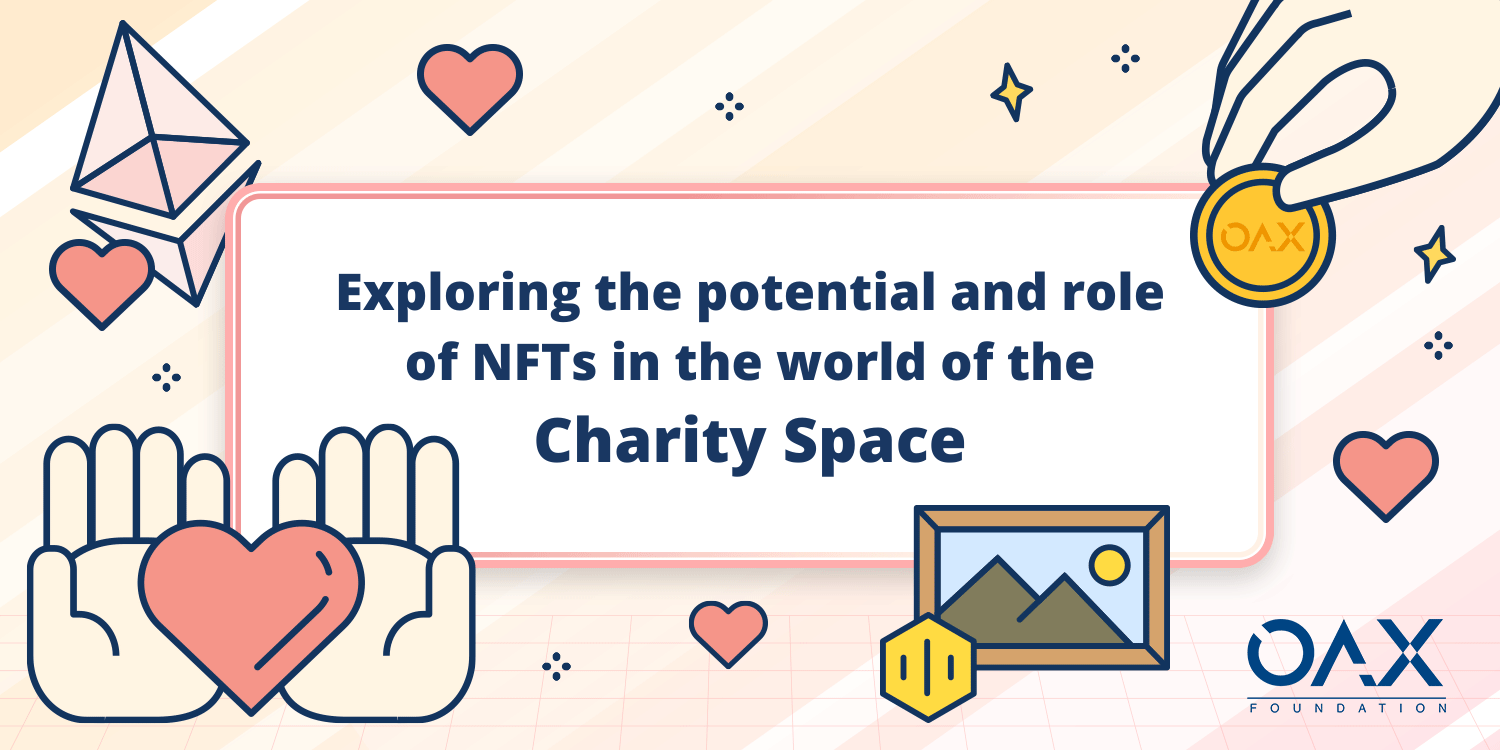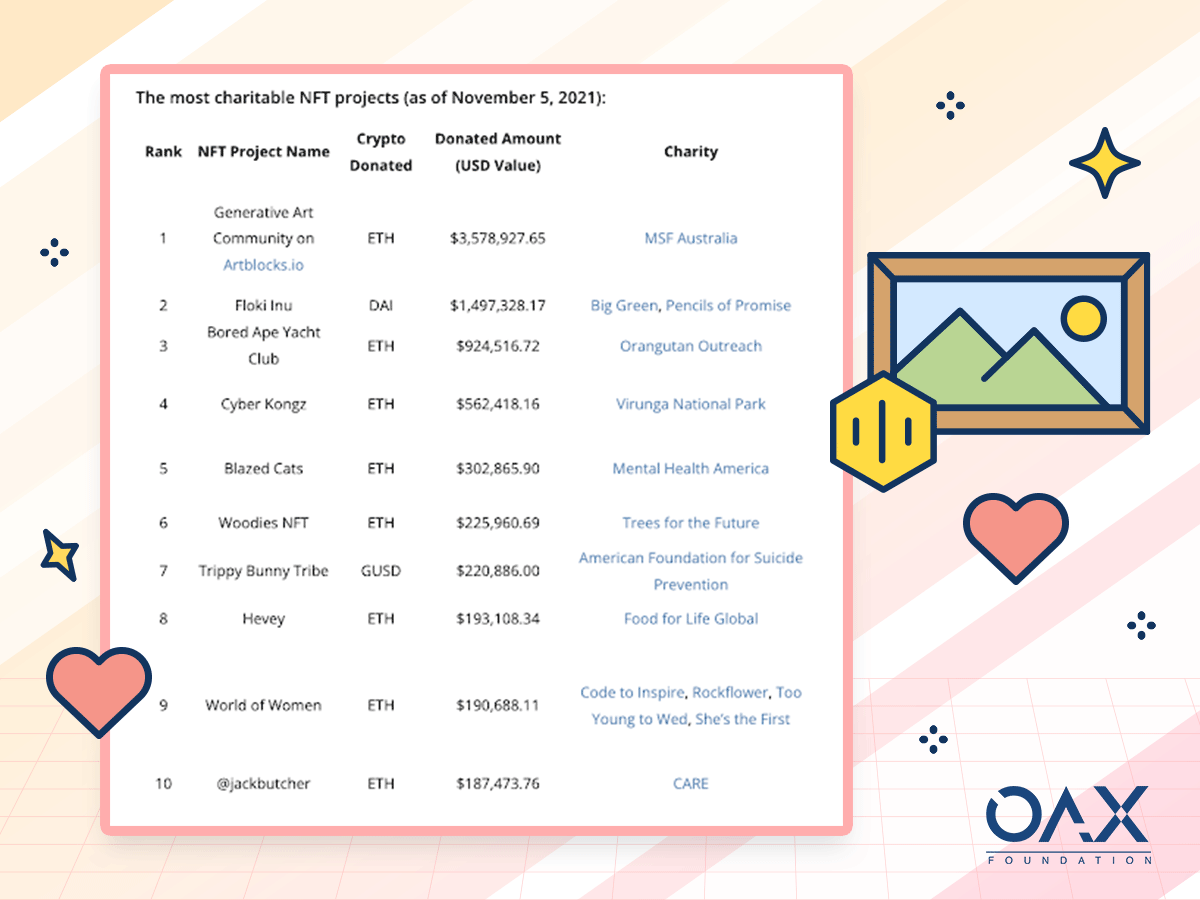
Expanding NFTs in Charities
In the world of NFT adoption for mainstream audiences, both Spotify and Instagram have recently made headlines as both platforms have announced in the last month or so that NFTs will be coming in a trial roll-out. As exciting as it might be that widely recognized platforms will be integrating NFTs, there still remains a bit of dispute as to how much additional value might be brought to the space, with considerations such as platforms like Spotify not actually supporting visuals or videos, or arguments of decentralized versus centralized integration.
Deeper levels of use case scenarios and benefits have yet to be seen beyond users being able to link their NFTs to user IDs for the likes of such platforms. Yet there’s another space that has been making strides with using cryptocurrency, and more specifically with NFTs as of late that should be recognized for bringing awareness, as well as real life benefits: charity organizations. There are a few ways charities can utilise NFTs in raising awareness and drawing in funds for their cause, but it is notably still in its infancy stage at this point.
The uptick of crypto donations over the last few years has consistently been increasing; with Fidelity Charitable noting a twelvefold increase of cryptocurrency donations, while The Giving Block quoted more than 16x from 2020 to 2021. The call for support as a result of global events from India to Ukraine have also demonstrated the benefits of crypto; speedier transfers to those in need, less fees, or simply access that traditional financial aid might struggle with.
But even the use of NFTs in this space has been seeing a stronger adoption rate. A direct donation of an NFT falls under the same tax-efficiency for donors and charities in some countries, where donors avoid the burden of paying capital gains taxes. Non-cash donations in the past have often been plagued with logistical issues that NFTs can avoid. Shipping a piece of artwork becomes significantly easier when the charity doesn’t need to consider problems like physical storage, while opening up doors to a wider international audience.
 Source: The Giving Block
Source: The Giving Block
Through NFTs, artists have been able to demonstrate transparency through smart contracts; whether 50% of proceeds go to a charity or 100%, donors would be able to track to ensure the funds have reached the correct parties. This decentralized nature benefits all parties involved, from artists, to charities to donors; and at the end, the beneficiaries of the charities.
And yet the use of NFTs can go both ways in a charity scenario as well. While many may consider the perspective of using NFTs as means to generate donation value, there’s also value for the charities that create their own NFTs. Similar to how yellow ribbons may automatically lead one to think of suicide prevention or red ribbons demonstrate support for HIV, NFTs demonstrating cause for a support will can be the next badge in the digital age.
While the uptick of crypto and NFT acceptance for charity organizations continue to be on the uptick, we do remind our community to extend caution at all times. DYOR, and check in with the charities that you’re looking to donate to ensure that your funds will be going to legitimate organizations and in a secure manner.


